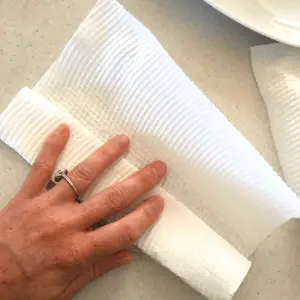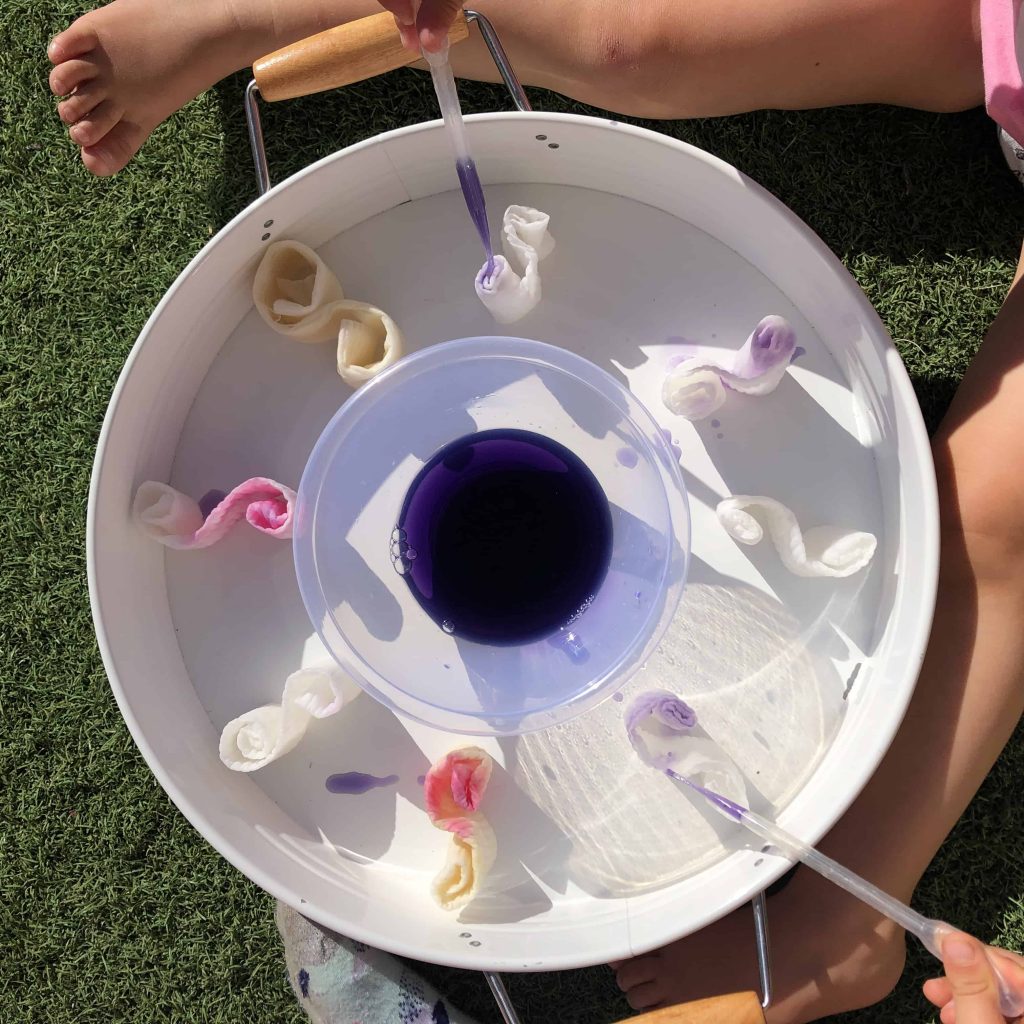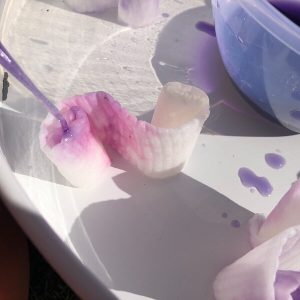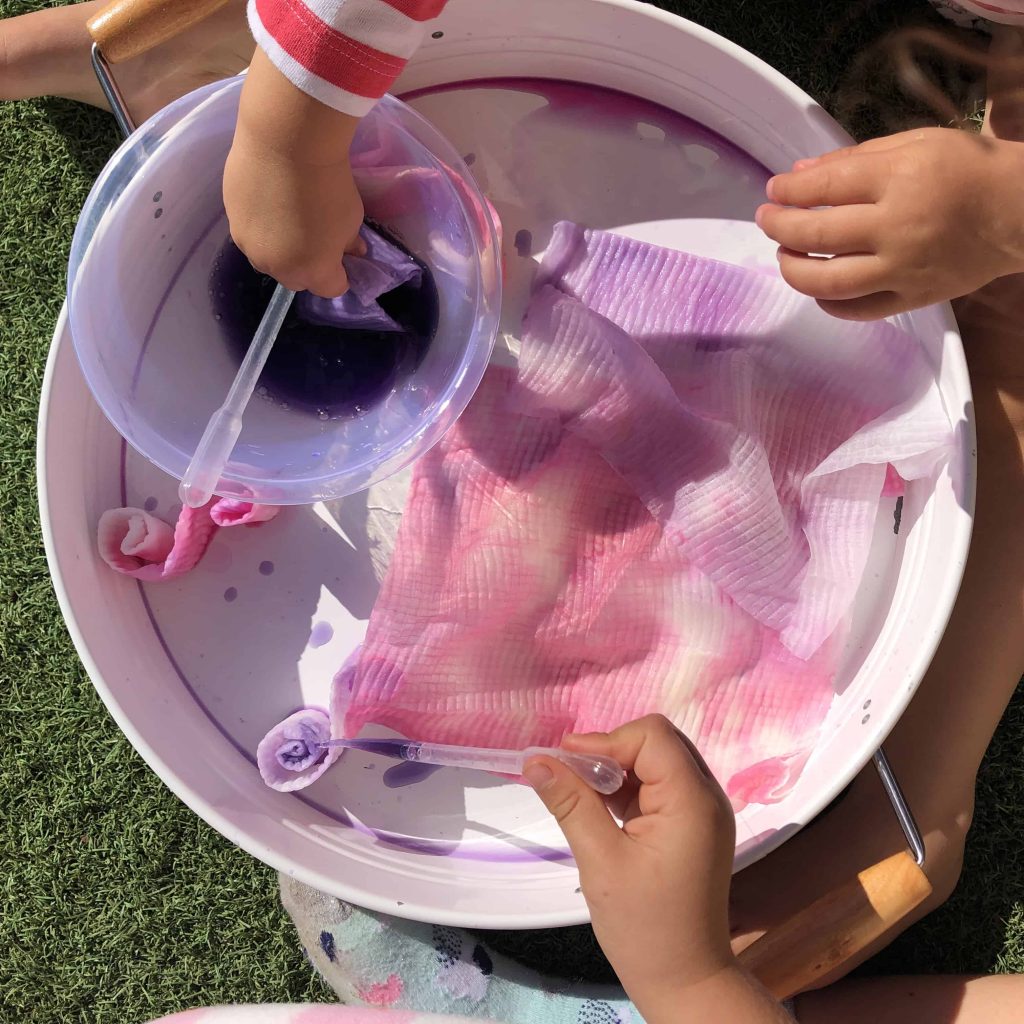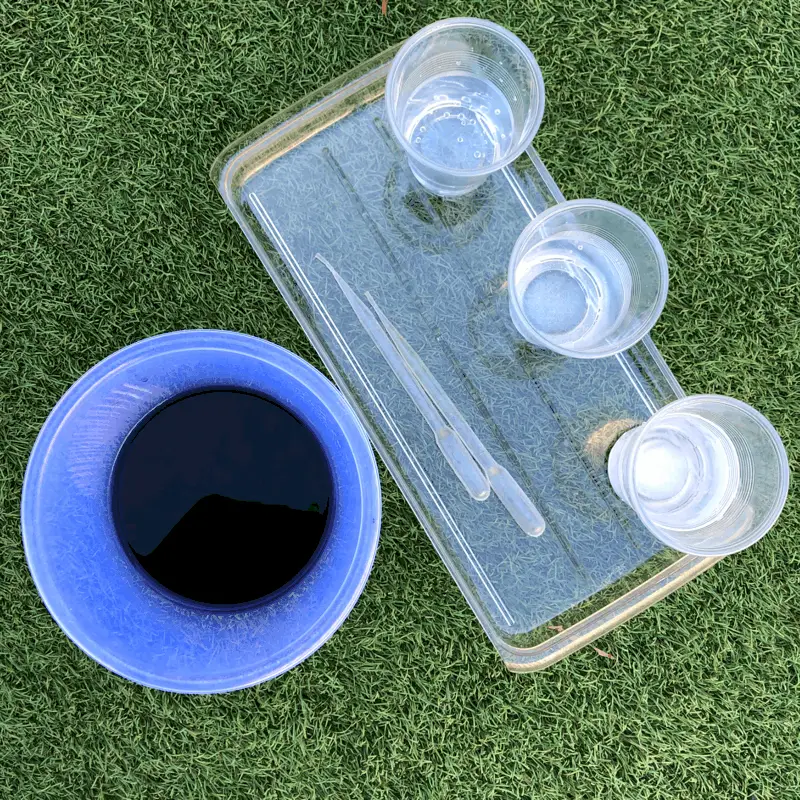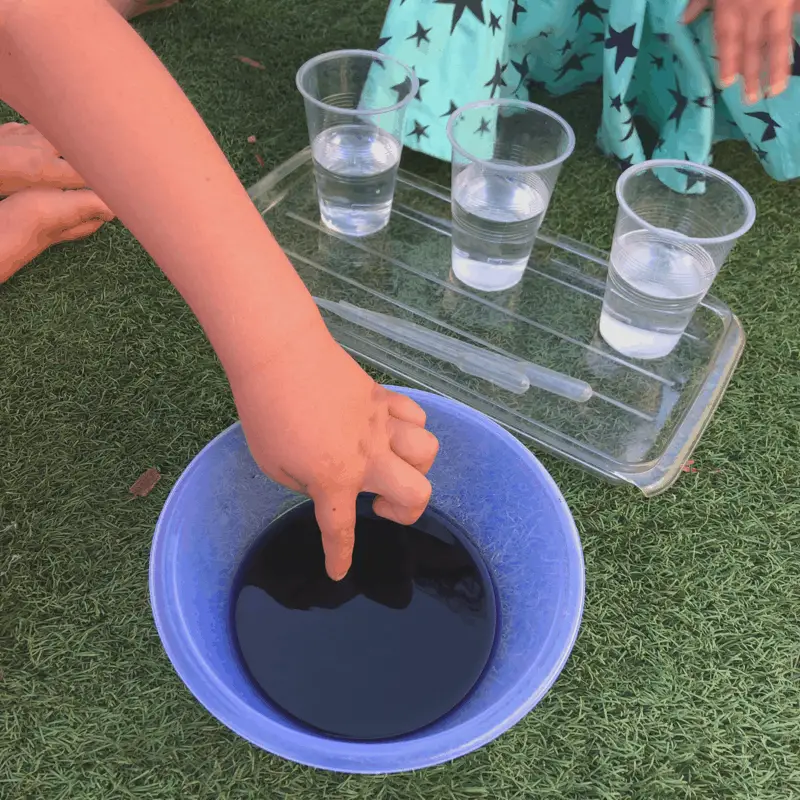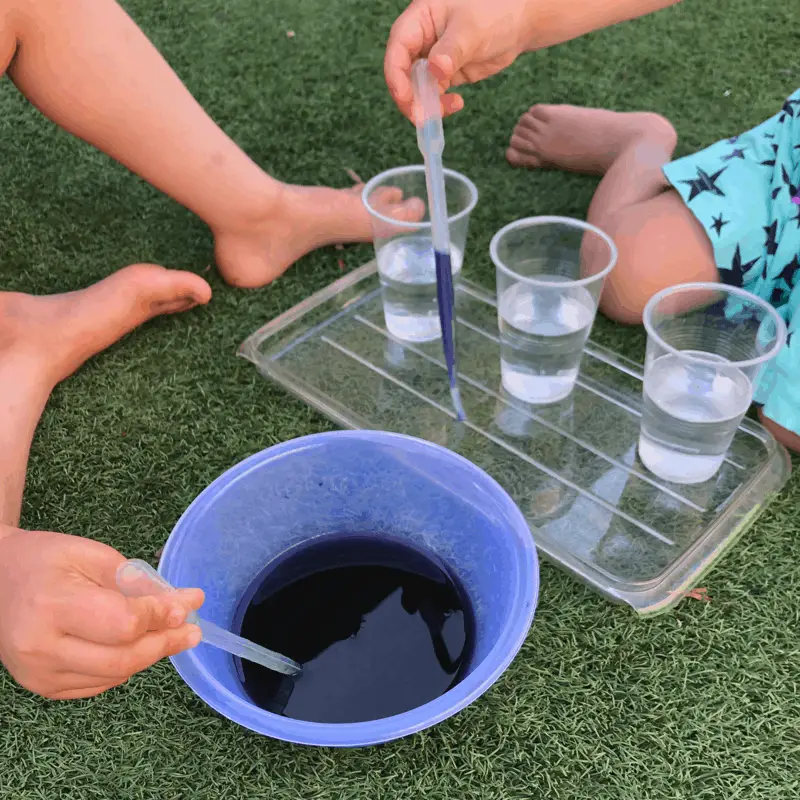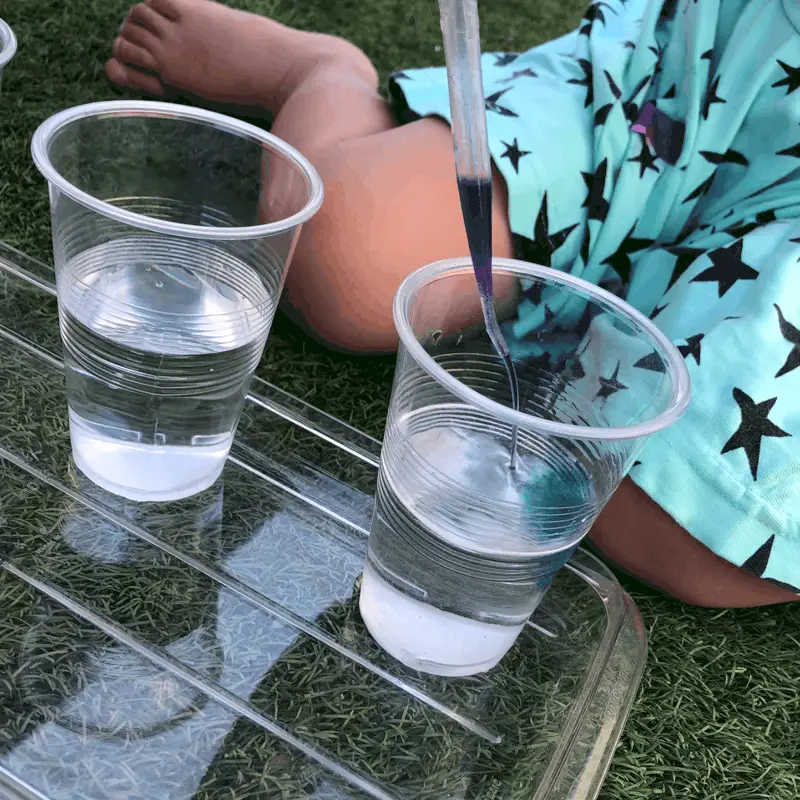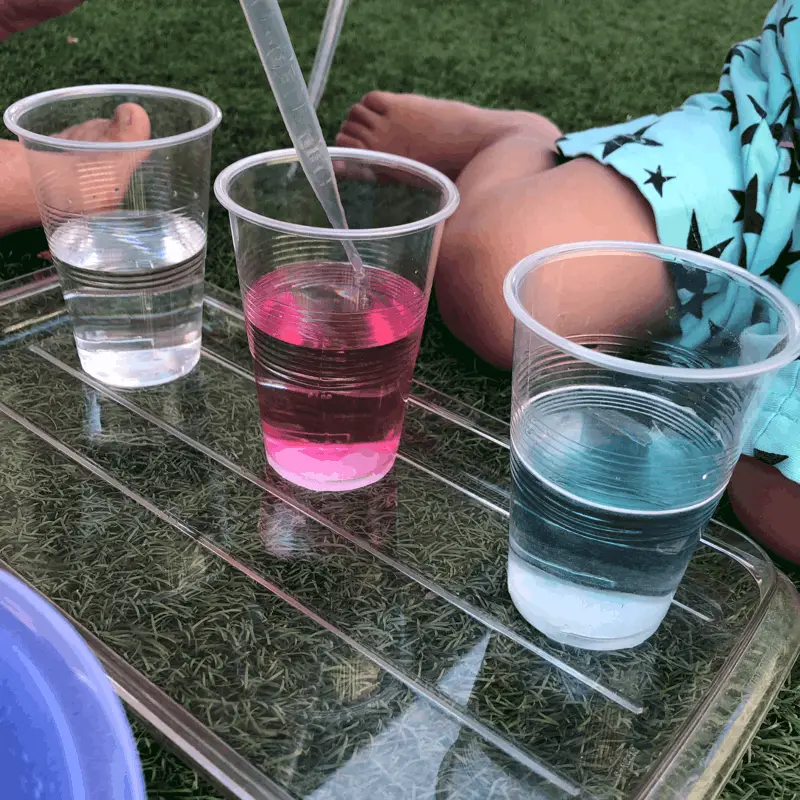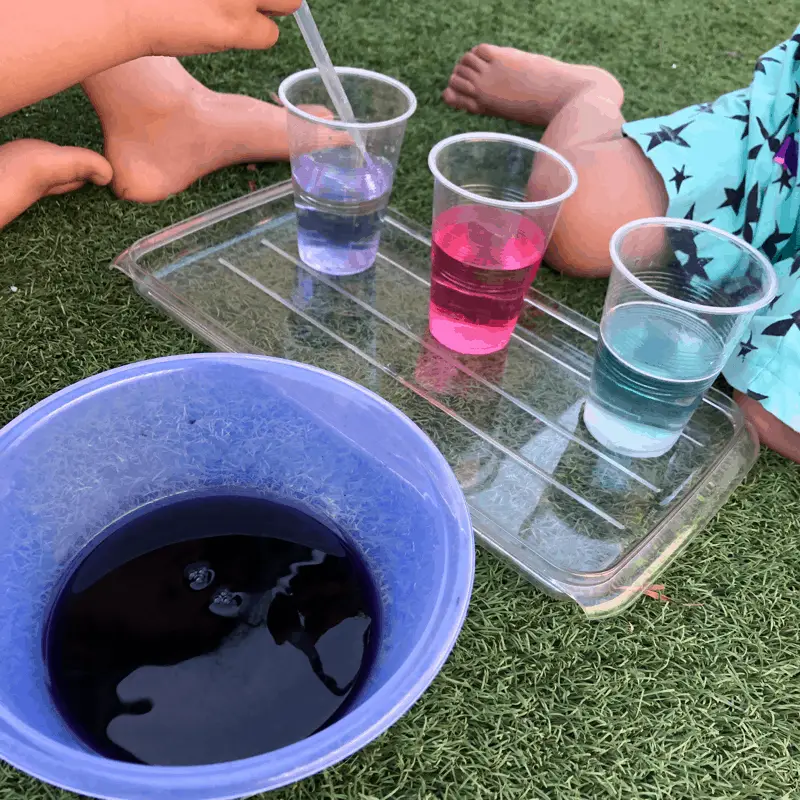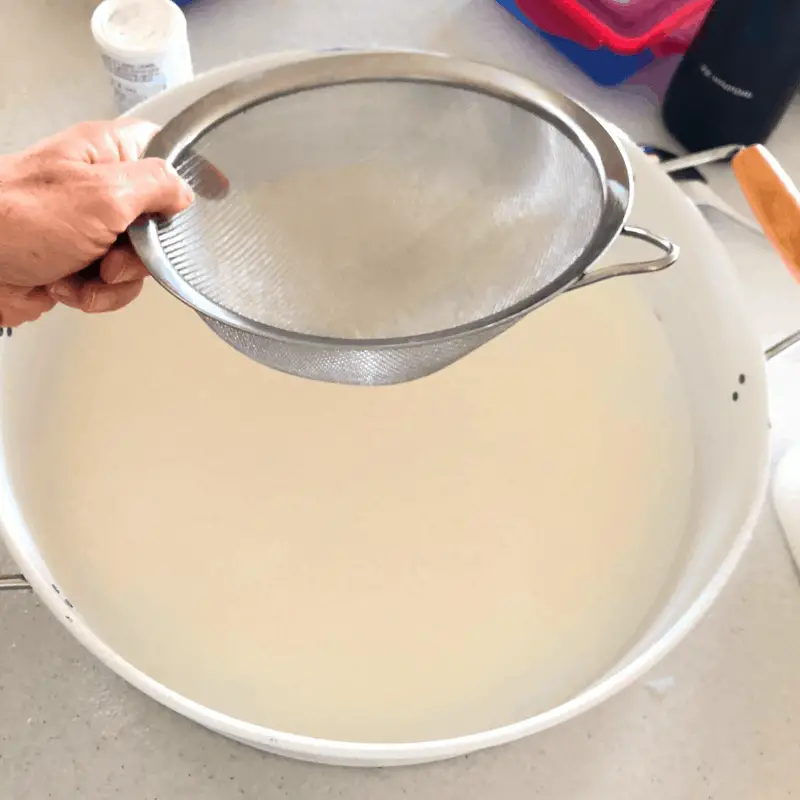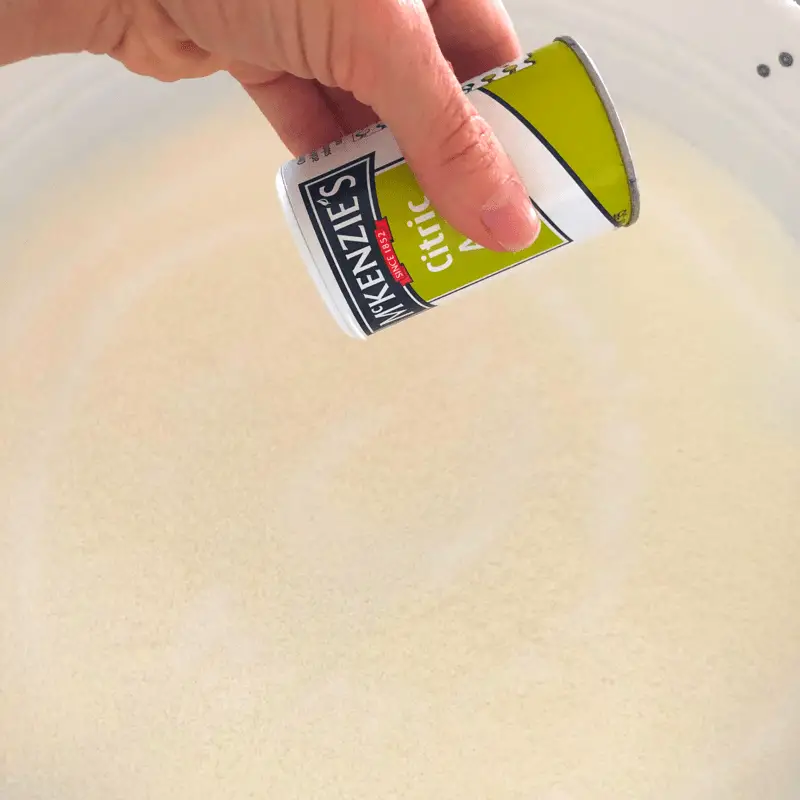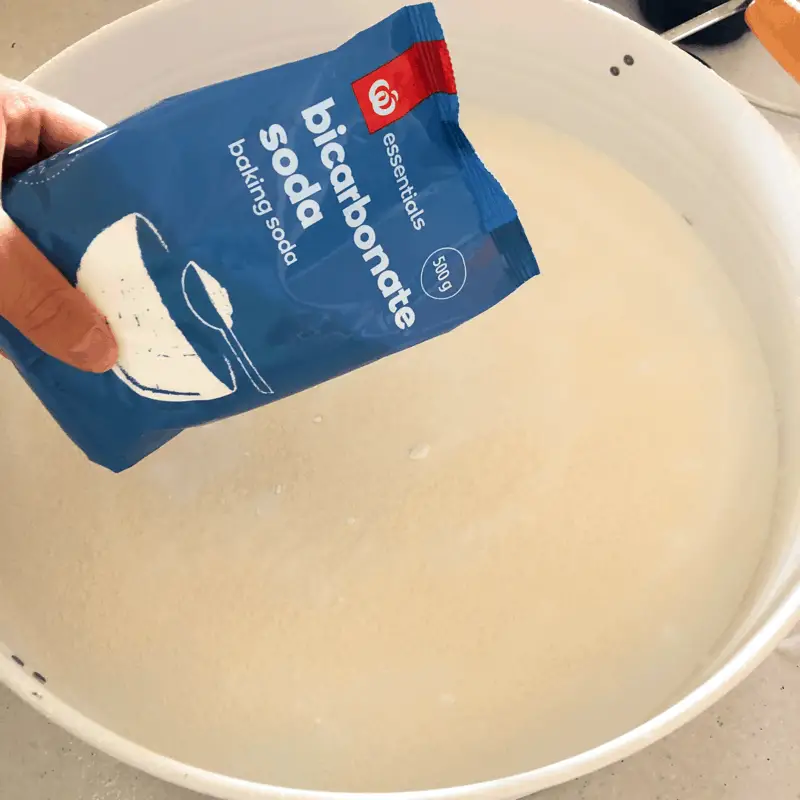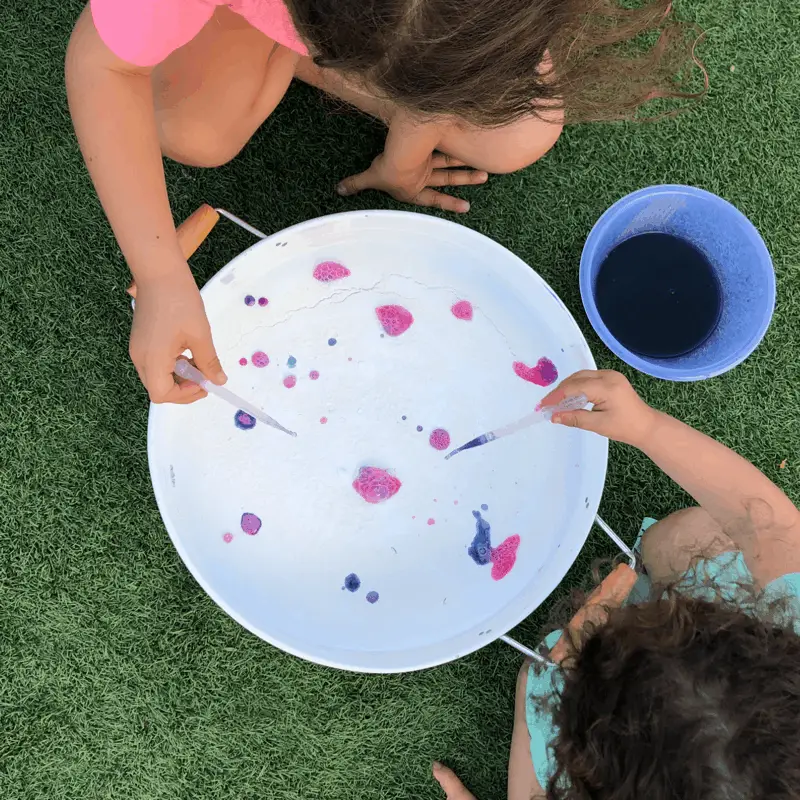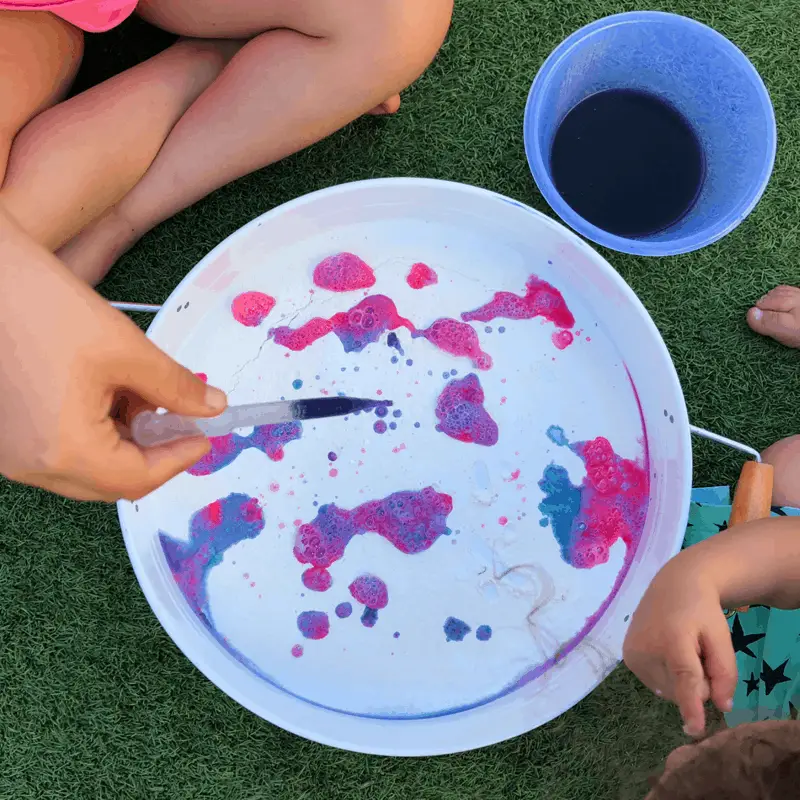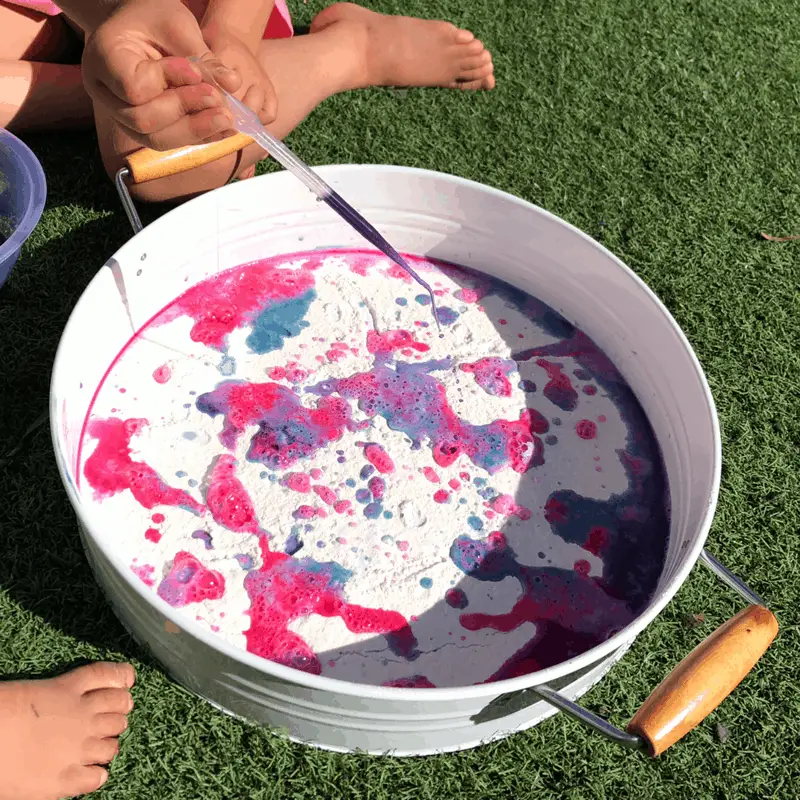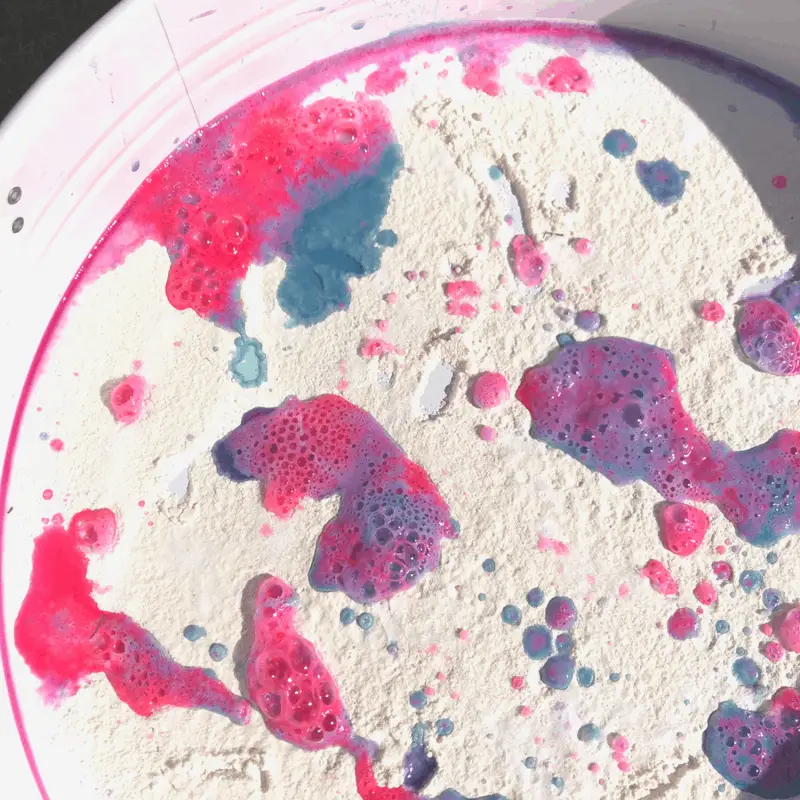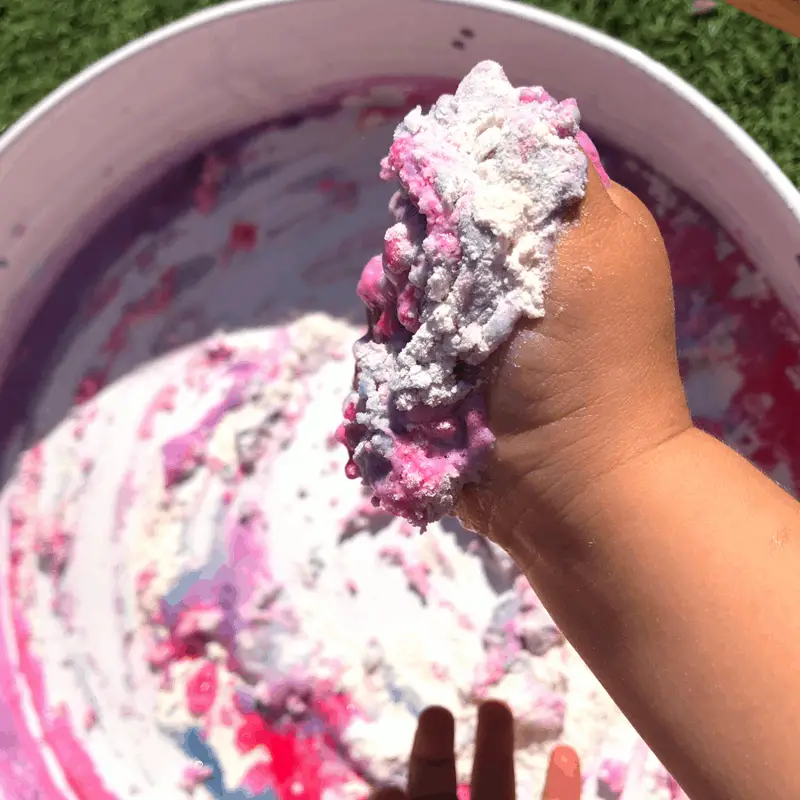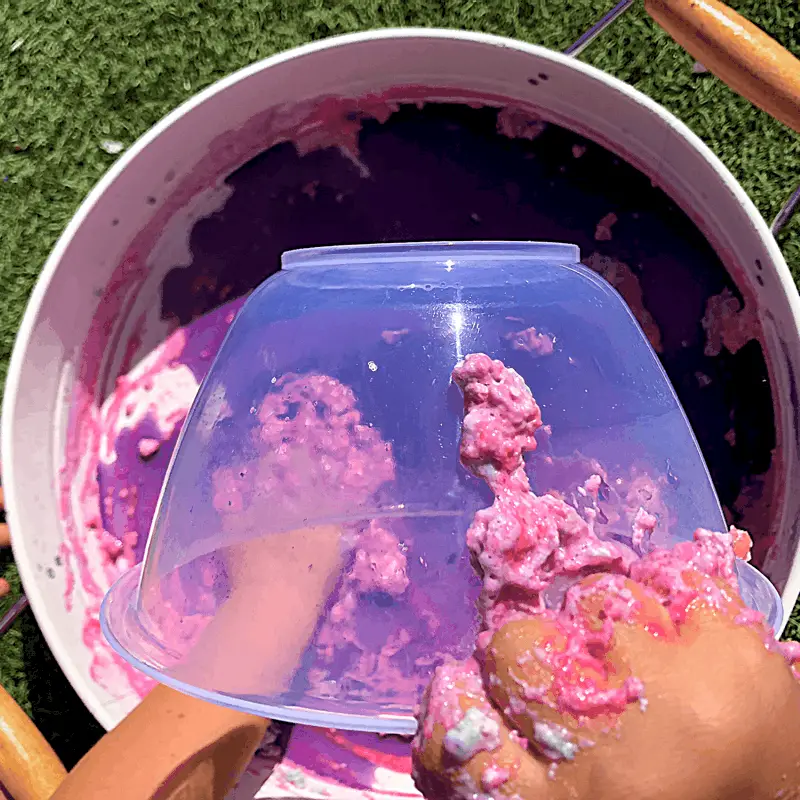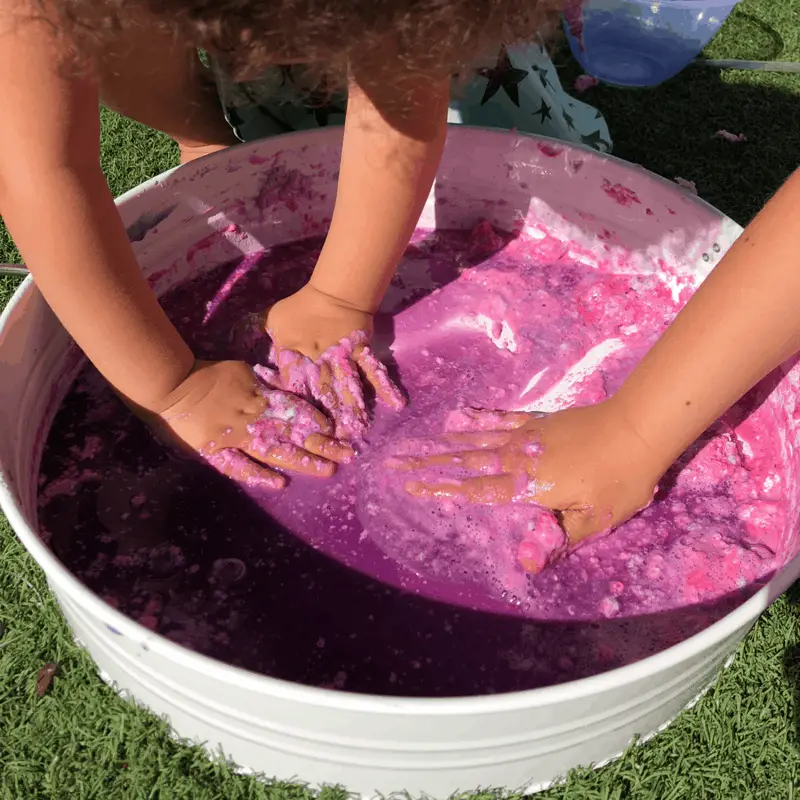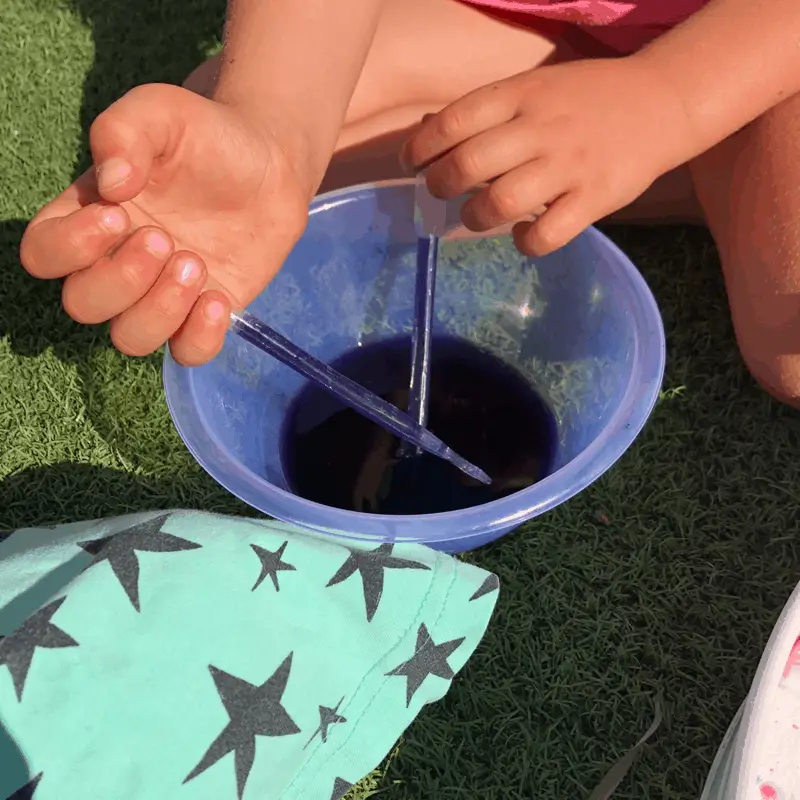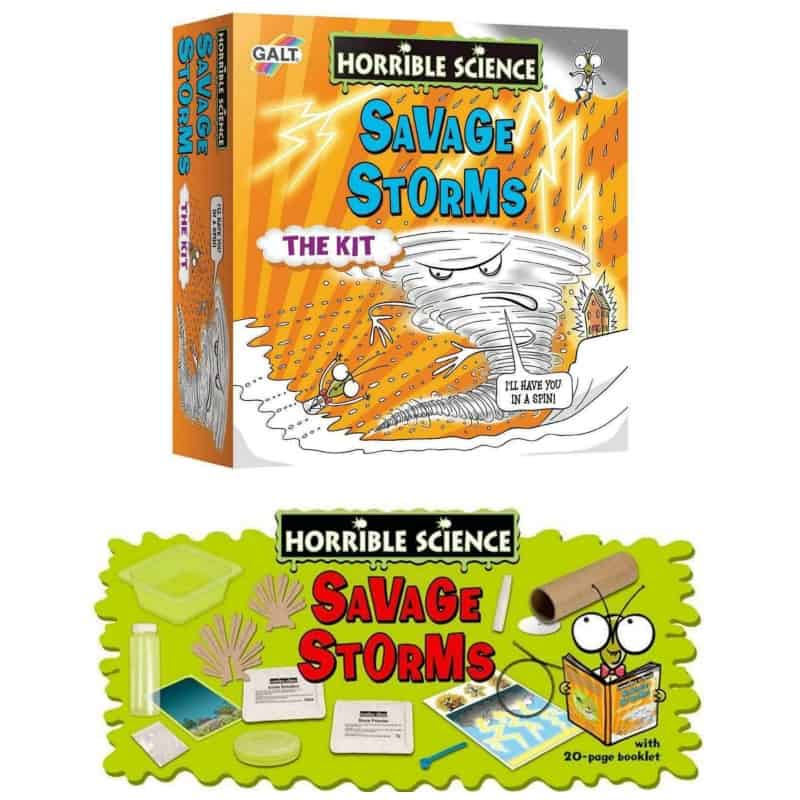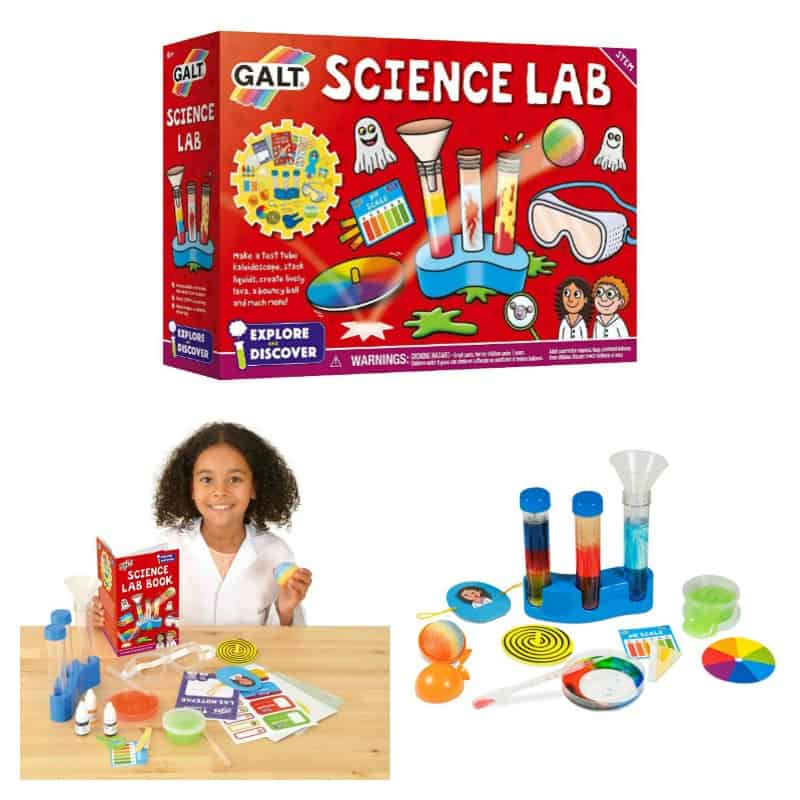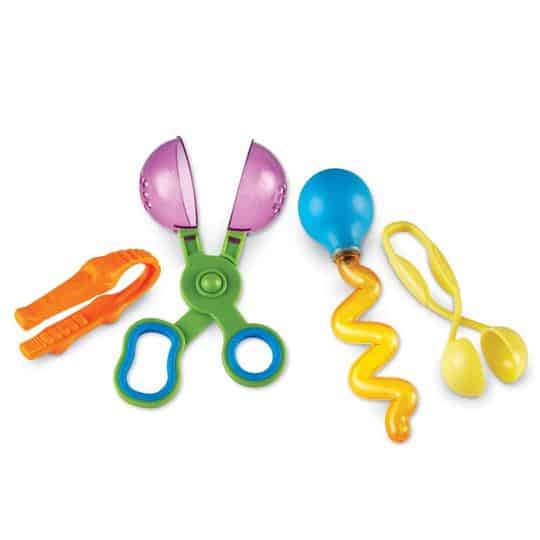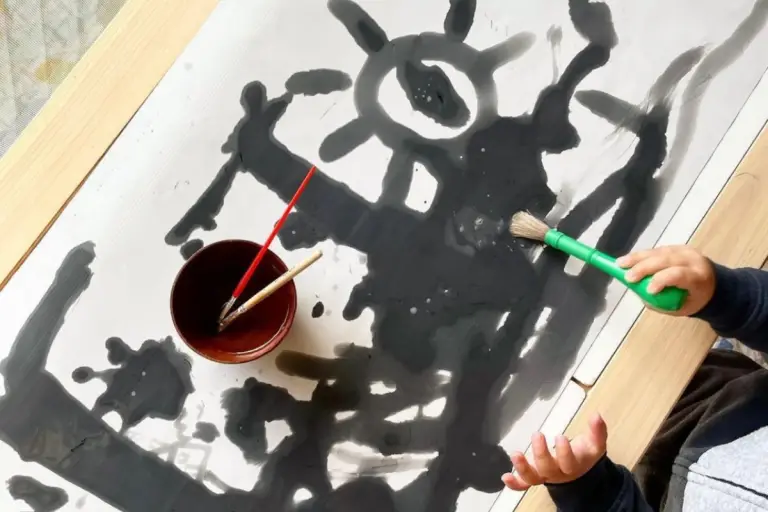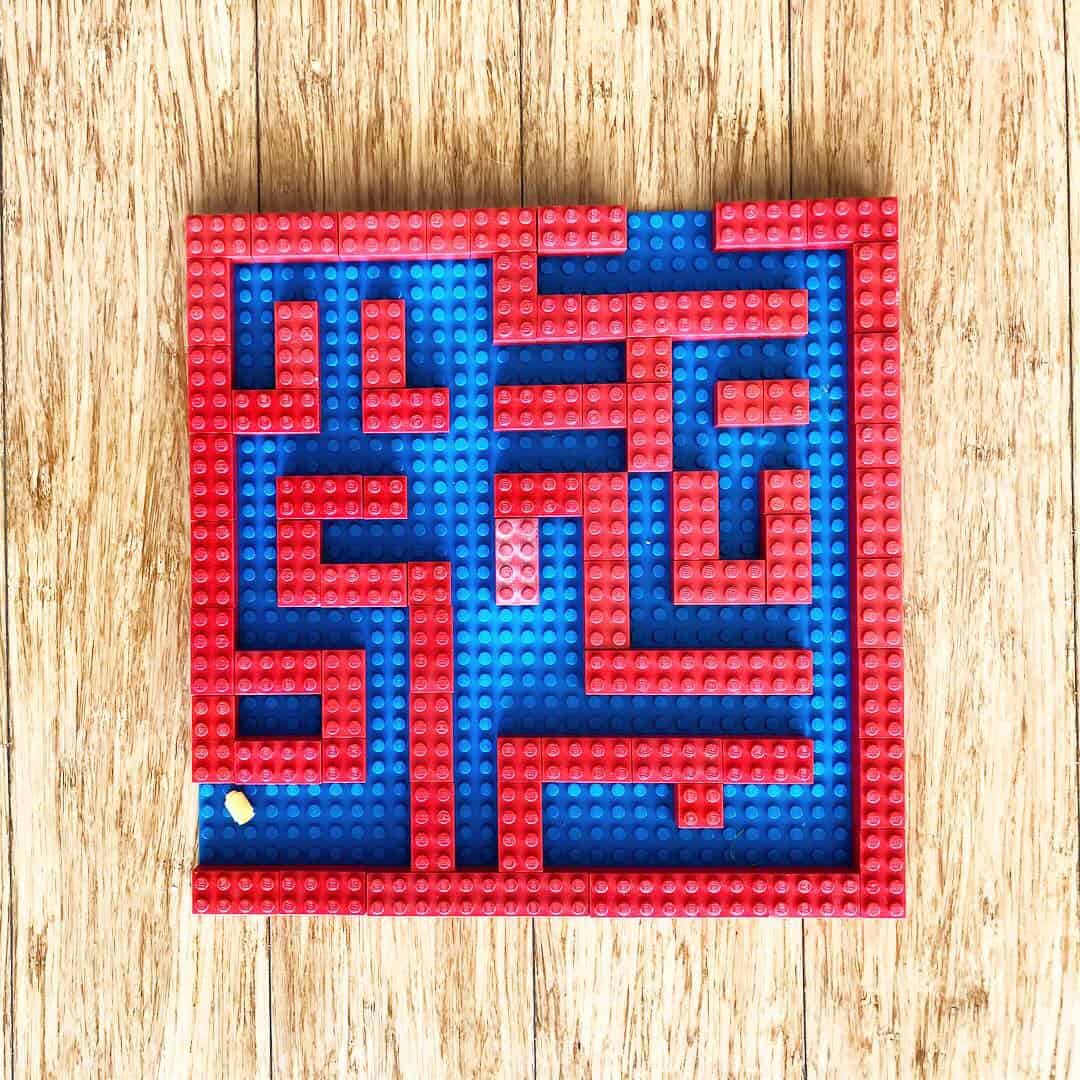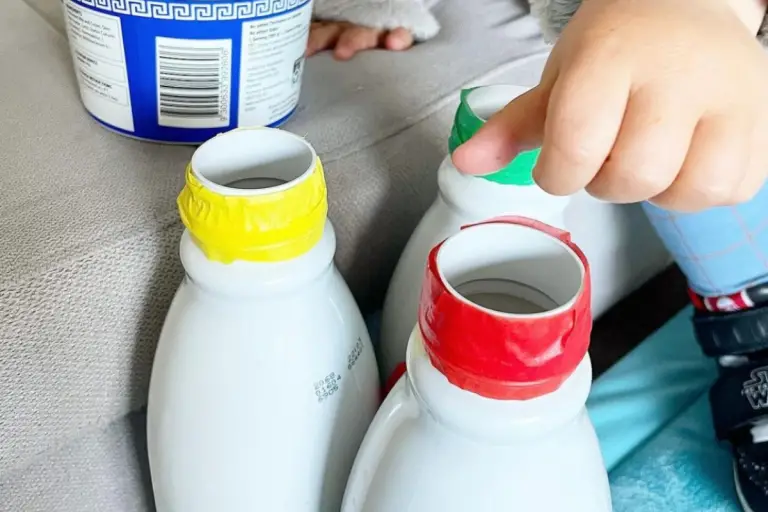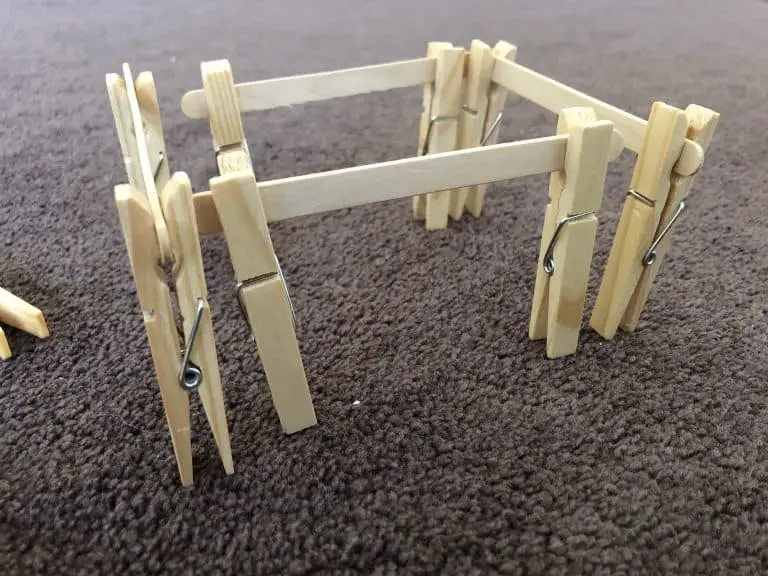Purple Cabbage pH Experiment
Disclosure: This blog contains affiliate links which I may earn a small commission from if you purchase through them, at no extra cost to you.
Science is so much fun! Team the experimental elements of a science experiment with colours and you have an amazing lesson of discovery for your toddler! Purple cabbage can be used as a catalyst to determine pH – yes, purple cabbage! Check out how we set up this purple cabbage pH experiment using mostly food-based products.
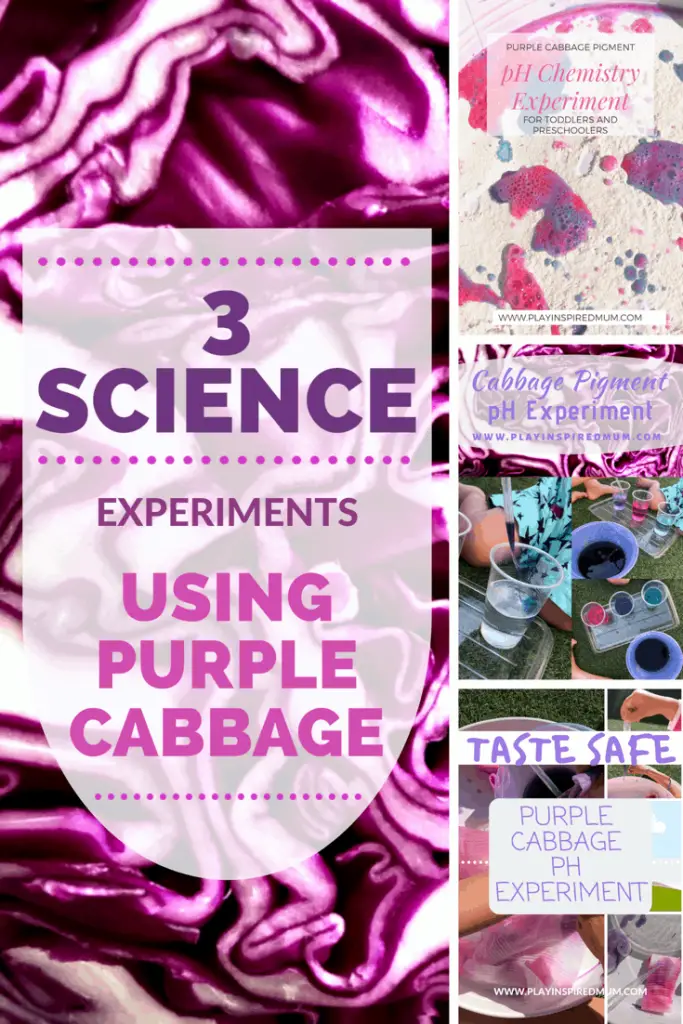
Purple Cabbage pH Experiment
Finding an activity that is suitable for both your toddler and preschooler can be challenging sometimes cant it? Here we have an activity that ticks so many boxes and is likely to engage both your toddler and preschool aged child – winning!
How does the purple cabbage pH experiment work?
Let’s start off with a bit of background information. When we discuss pH, we are referring to a scale that indicates whether a substance is acidic or alkaline. The scale shows acidity from 0 and alkalinity at the extreme of 14. Substances that are neutral, rest in the middle with a pH of 7. There is a quick little chemistry lesson for you!
Red or purple cabbage has a water-based pigment in its dye called anthocyanin. This fancy pigment can be used as a pH indicator! It reacts by changing colour in acidic and alkaline environments. This beautiful purple liquid will change to bright pink in acidic environments and green in alkaline environments! Science really can be beautiful!

How to extract the anthocyanin from the cabbage
There are a few ways of extracting the indicator pigment from your cabbage. Personally, I prefer the boiling method. However, I have also read of people extracting the anthocyanin by blitzing chopped cabbage in a bender with some water and straining it through a sieve. Here is how we extract ours:
- Roughly chop 1 cup of purple cabbage
- Add it to a small saucepan with 1 cup of water
- Bring to the boil over low heat and simmer for 15 minutes
- Strain the liquid into a bowl using a sieve
- Allow to cool before using in play
I find this boiling method extracts lots of the colour pigment leaving a lovely strong potion of anthocyanin for us to experiment with.

Setting up your purple cabbage pH experiment
For the best results, we need to activate the colour transformation using liquids from both sides of the pH scale. Remember we need acidic liquids for a pink reaction and alkaline liquids for a green reaction.
Acid pH 0-6.9 ( Pink)
- Lemon juice
- Lime juice
- White Vinegar
- Lemonade
Neutral pH 7 (Purple)
- Water
Alkaline pH 7.1 – 14 (Green)
- Baking Soda
- Bicarbonate Soda
- Diluted
Bleach (do not use if your child will put in their mouth – thisis NOT taste safe!) - Washing Soda (do not use if your child will put in their mouth – this is NOT taste safe!)
- Laundry
Deterent (do not use if your child will put in their mouth – this is NOT taste safe!)
We have explored this chemical reaction in a variety of ways. The colours are just so pretty. Watching the colours change and swirl together is truly captivating!

Paper Twirls
To recreate this experiment all you need is
- Paper Towel
- Pipette (Check them out at your local cheap store or eBay)
- Tray
- Purple Cabbage pH Indicator
- Reactive Liquids
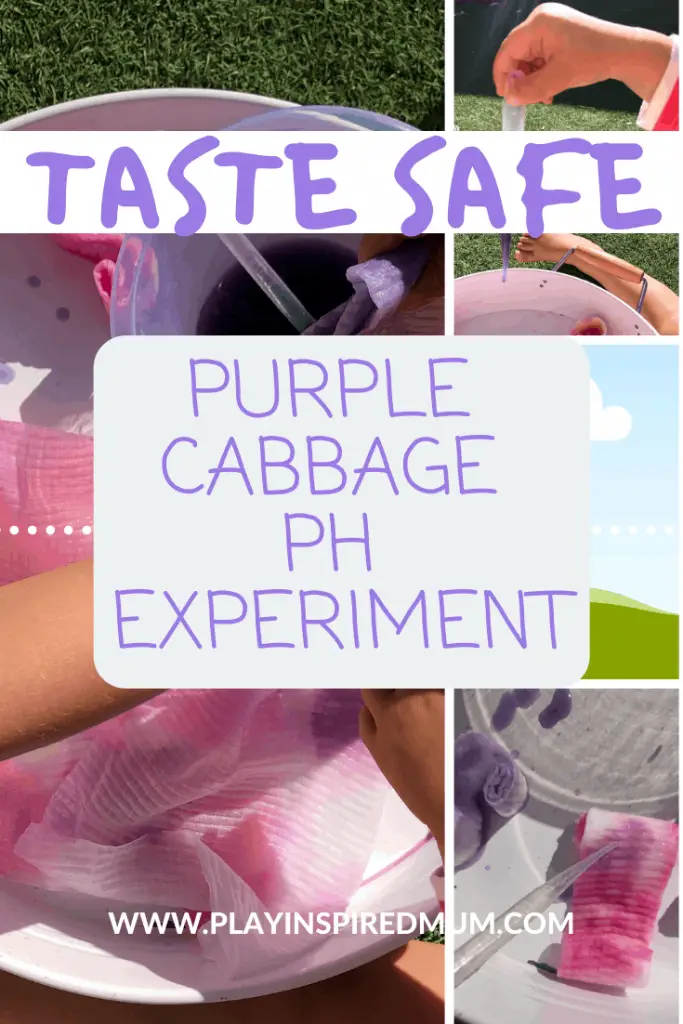
Fold your paper towel pieces so to create a length of about 2.5cm (1 inch) wide. Curl one end inwards and the other outwards to create an ‘S’ shape. Soak the paper twirls in your chosen reactive liquids (acidic or alkaline). Gently remove the excess liquid before positioning your twirls on the tray. Using your pipette, gently drop the purple cabbage liquid onto the paper towel and observe. The colours should react almost instantly!
Colour Transforming Liquids
To recreate this experiment all you need is
- Cups
- Pipette (Check them out at your local cheap store or eBay)
- Purple Cabbage pH Indicator
- Reactive Liquids

Place your reactive liquids each into a separate cup. Use your pipette to drop the Indicator into the cup and watch the chemical reactions happen!
Hidden Colours
To recreate this experiment all you need is
- Tray
- Reactive Powders ( We use bicarbonate of soda, citric acid, and flour)
- Purple Cabbage pH Indicator
- Pipette
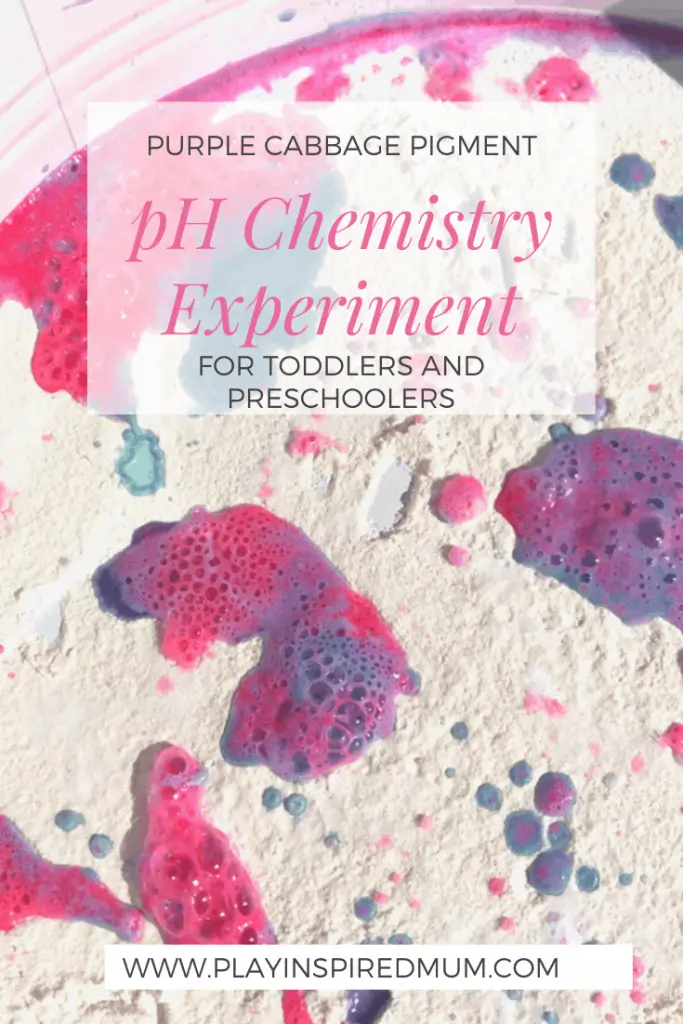
Line the tray with your powders. Take care with this step. Mind not to mix them together too much to increase the impact of the chemical reaction. We start with the neutral flour then make a pattern with the acidic citric acid and the alkaline bicarbonate of soda. Using your pipette, drop the indicator across your powders and watch the colours appear!
What other experiments could you make using this valuable cabbage potion? Why not leave it up to the kids? They can raid the pantry and fridge and test out all sorts of variables. Perhaps they can identify a pattern, is it sweet, salty or sour things that tend to be more acidic?
Conversation Starters
Science offers the opportunity for so many discussions! Asking your child open-ended questions is an easy way to help build your child’s comprehension and vocabulary. Observing and commentating their play can give them the words to describe the process, what’s happening and the reactions. You can use questions to guide your child to help them explore and discover to further develop their understanding or encourage them to come up with their own theories.
Some questions may include:
- What do you think will happen when the indicator is mixed with the lemon juice?
- Why do you think the reaction is taking place?
- Who do you think would enjoy this science experiment as much as you do?
- What are some other liquids we could experiment with?
- What do you think would happen if we left this set up overnight and looked at it again in the morning?
Educational Benefits
This experiment it a great one for the entire family! Keep your reactives taste safe and even your toddler can join in on the fun! Aside from being so amazing to watch, these purple cabbage pH experiments have loads of other educational benefits!
- Fine Motor Skills
- Cause and Effect
- Cognitive Development
- Vocabulary Builder
- Experimental Play
- Creative Play
- Colour Recognition
- Sequencing
- Following multi-step instructions
- Memory Recall
Other uses for cabbage pigment
This taste safe colour pigment can be used to colour all sorts of play mediums. It can add beautiful colour to
You could also use it as a dye for watercolour painting and make your own
Dani D x


